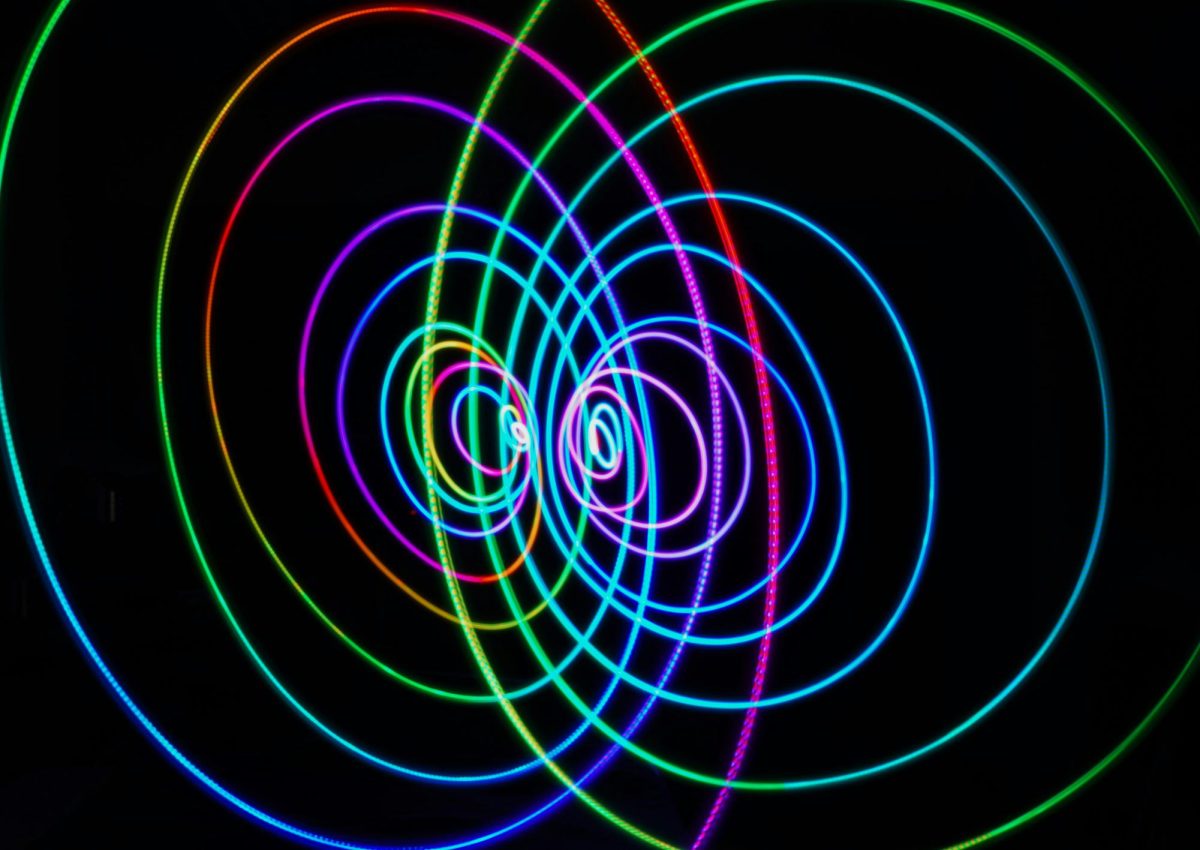In July, two papers were posted to the arXiv preprint server by South Korean Scientists who claimed they had created a material that works as a superconductor. While the research was yet to be peer-reviewed, it claimed that the material, named LK-99, can superconduct at room temperature, in atmospheric pressure. The news soon spread through social media, leading to large laboratories attempting to test if the superconductor was real.
So what is a superconductor? Superconductors are materials able to transport electrical currents with no resistance, which means energy loss is zero. For example, in the movie “Avatar” made in the year 2009, room temperature superconductors were the very reason humans invaded Pandora, introduced in the movie named as “Unobtanium”, which is a clear example showing the worth of room temperature superconductors.
While superconductors were first found in 1911, all superconductors until now have only worked under extremely low temperatures or extremely high pressures, which prevents them from being widely used.
Low-temperature superconductors are used in various areas of science that require high energy, such as MRI scanners, some high-speed levitating trains in Japan, and in the research of nuclear fusion reactors. However, these uses of the superconductors require cooling, which is done through the use of liquid helium in most cases.
If the LK-99 turns out to be true, it could be a revolutionary discovery. Currently, 10~15 percent of the electricity created in power plants is lost due to resistance as heat in the transmission process to households and industries. Room temperature superconductors would be able to save a vast amount of the energy wasted in the process.
However, researchers are skeptical about its feasibility. There were various claims in the past that have stated that they created a material capable of showing room temperature conductivity, but all have been proven wrong. In 2020, the Nature Journal had to retract a study claiming that they found a room-temperature superconductor by using a very specifically processed carbon-sulfur-hydrogen compound, which other researchers failed to replicate.
Researchers around the world have tried to verify the material, but most have stated that it is not actually superconductive at room temperature. Simon Clarke, a professor of chemistry at the University of Oxford has stated that there are multiple issues with the paper submitted on arXiv that it would not meet his quality threshold even for peer review. Also, a team at Southeast University in China reported on arXiv that LK-99 only showed superconductivity at about -160 degrees Celsius.
Physicist Sinead Griffin at the Lawrence Berkeley National Laboratory in California showed some calculations that could be interpreted as evidence for superconductivity, but states that it “can also mean a wealth of other phenomena.”
While many researchers deny the validity of LK-99, it has surely caused a large excitement among researchers and the public for a potential scientific breakthrough.






